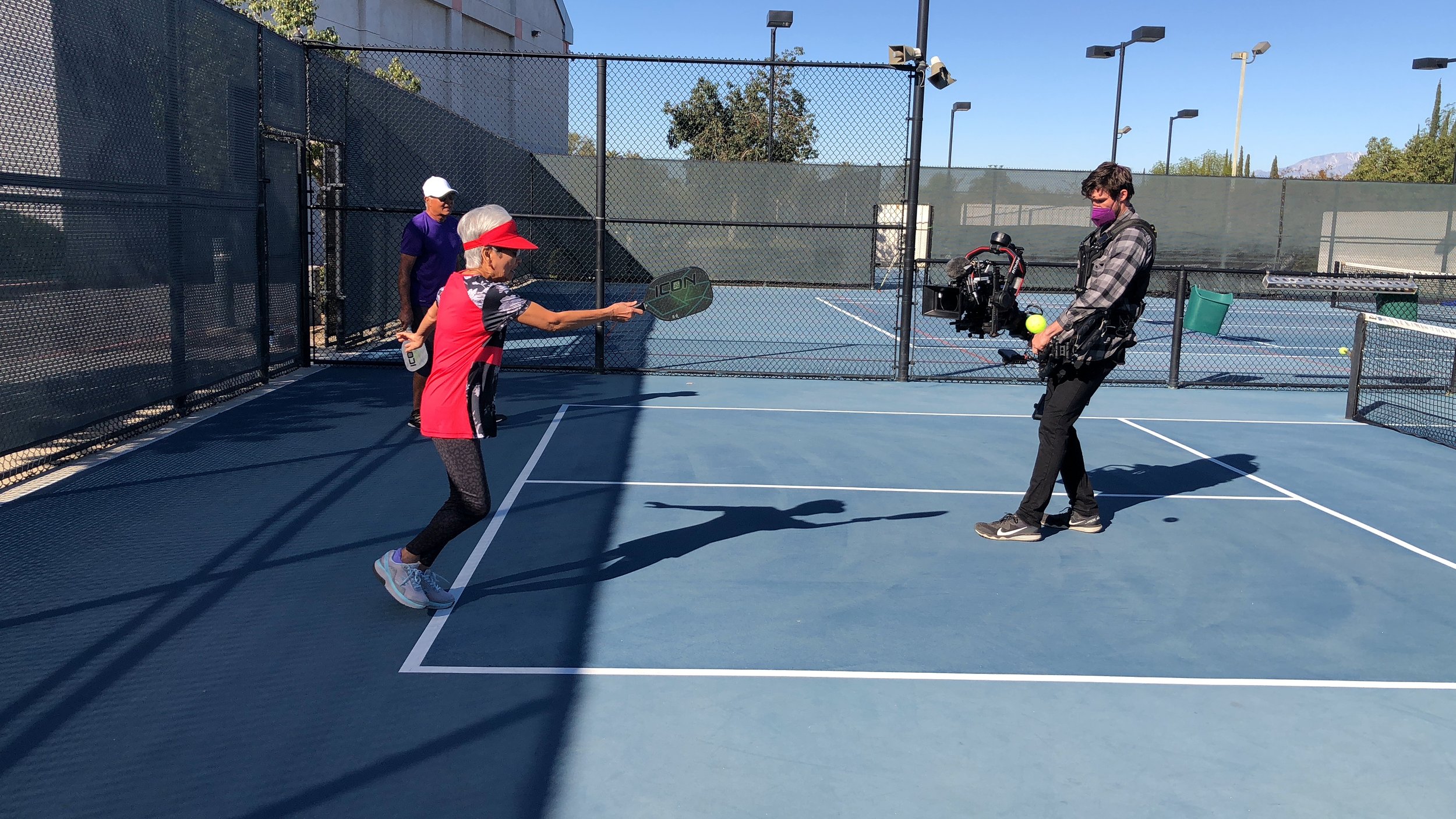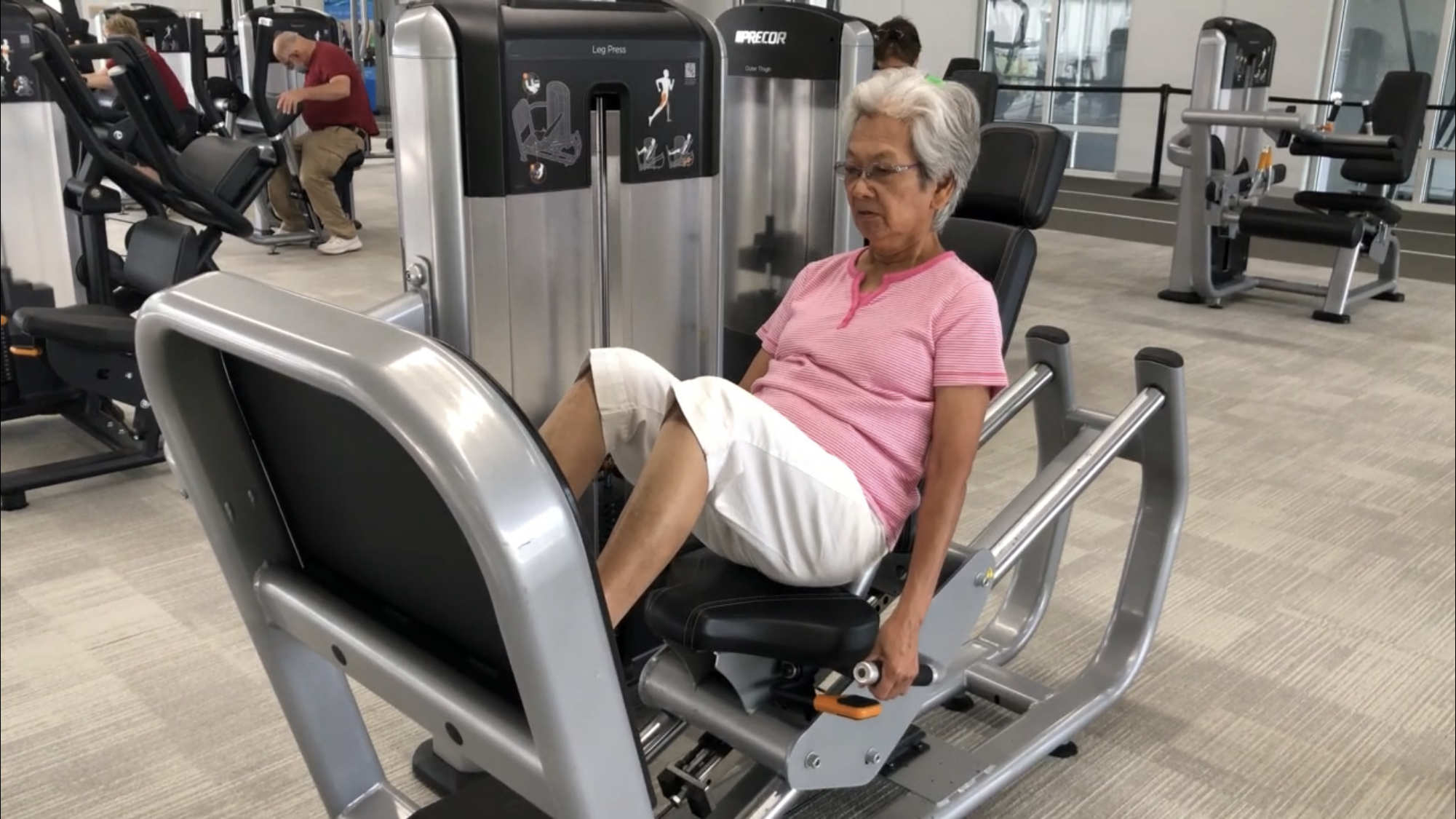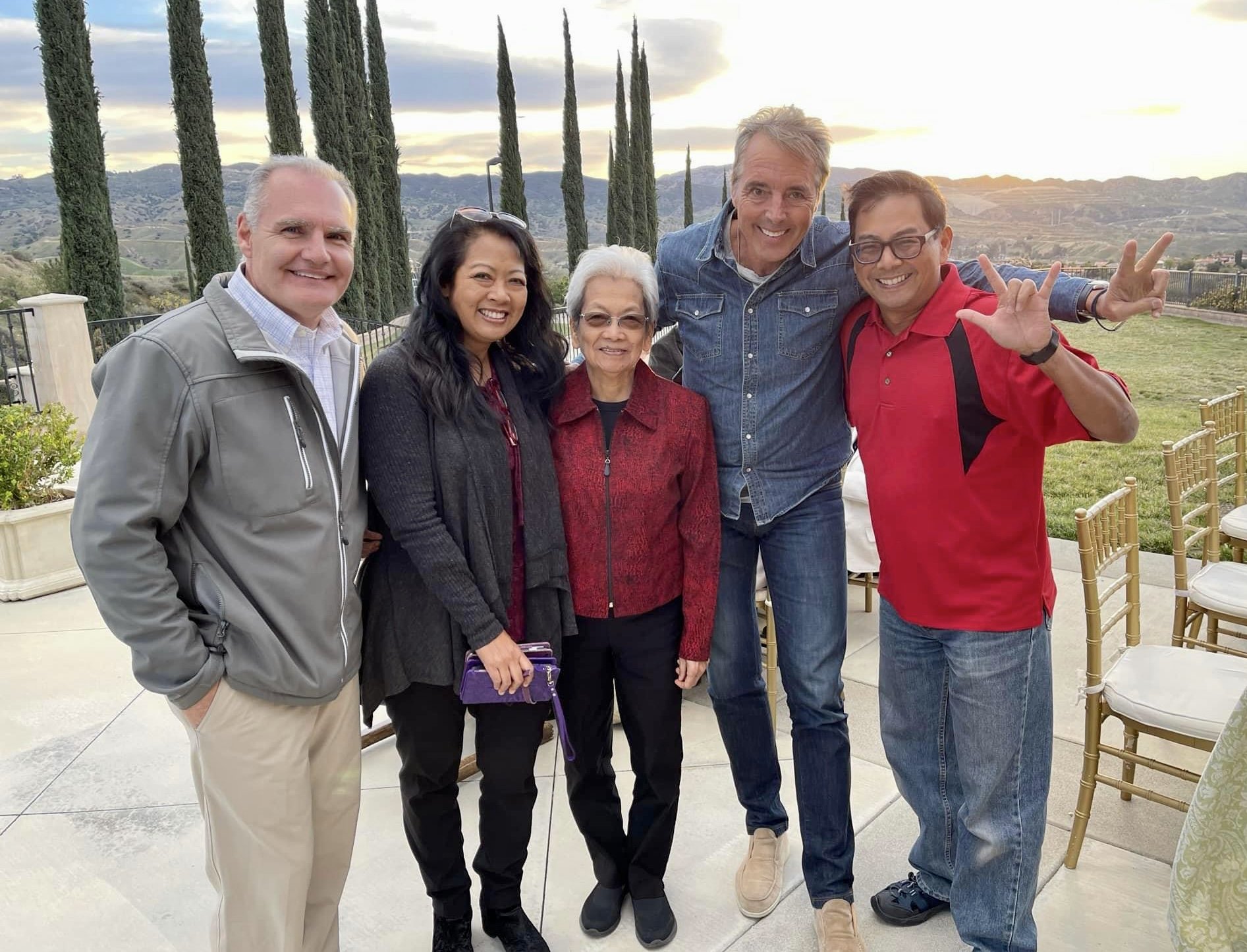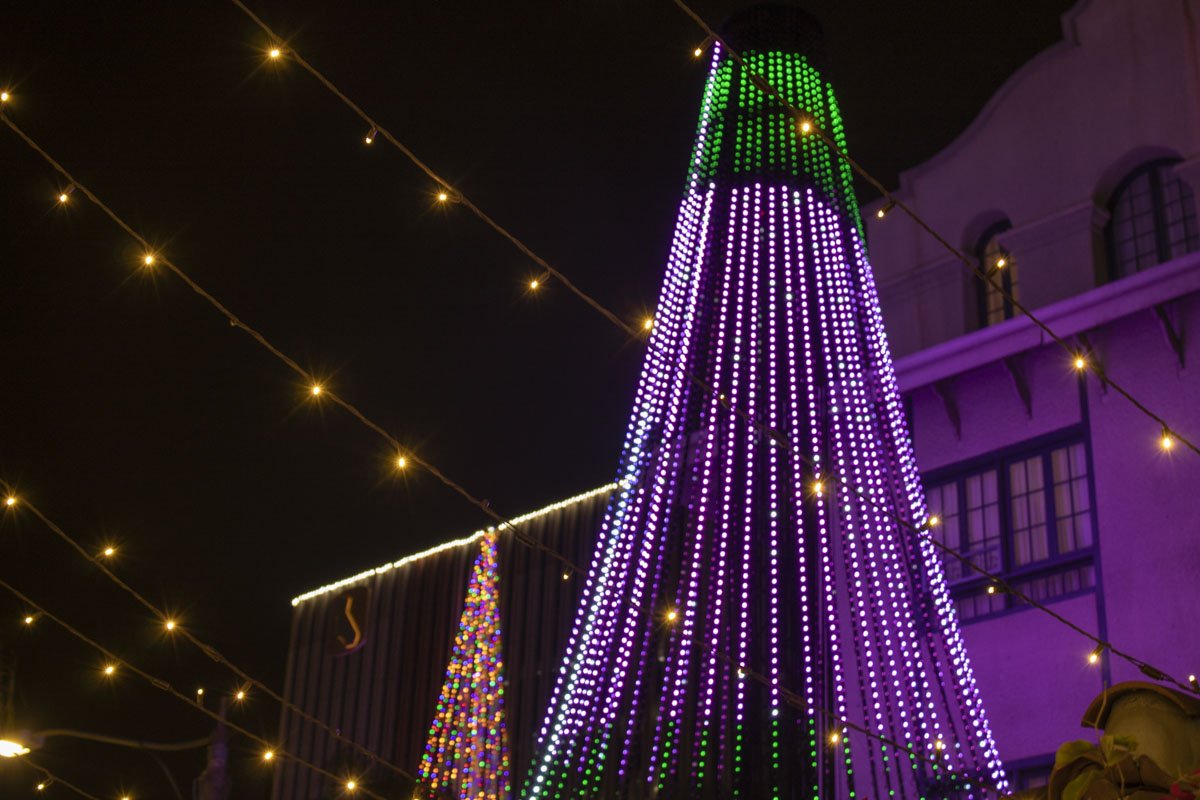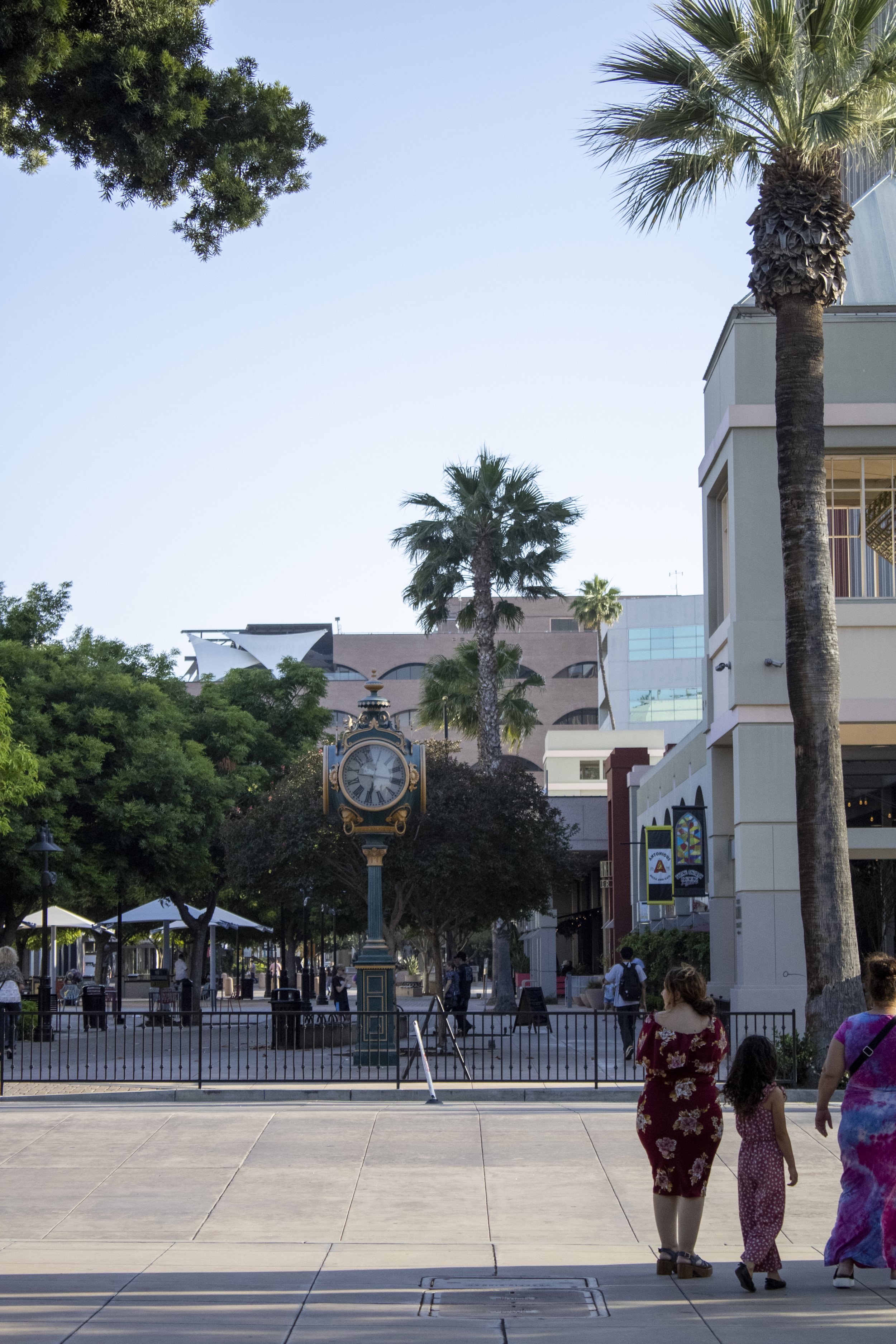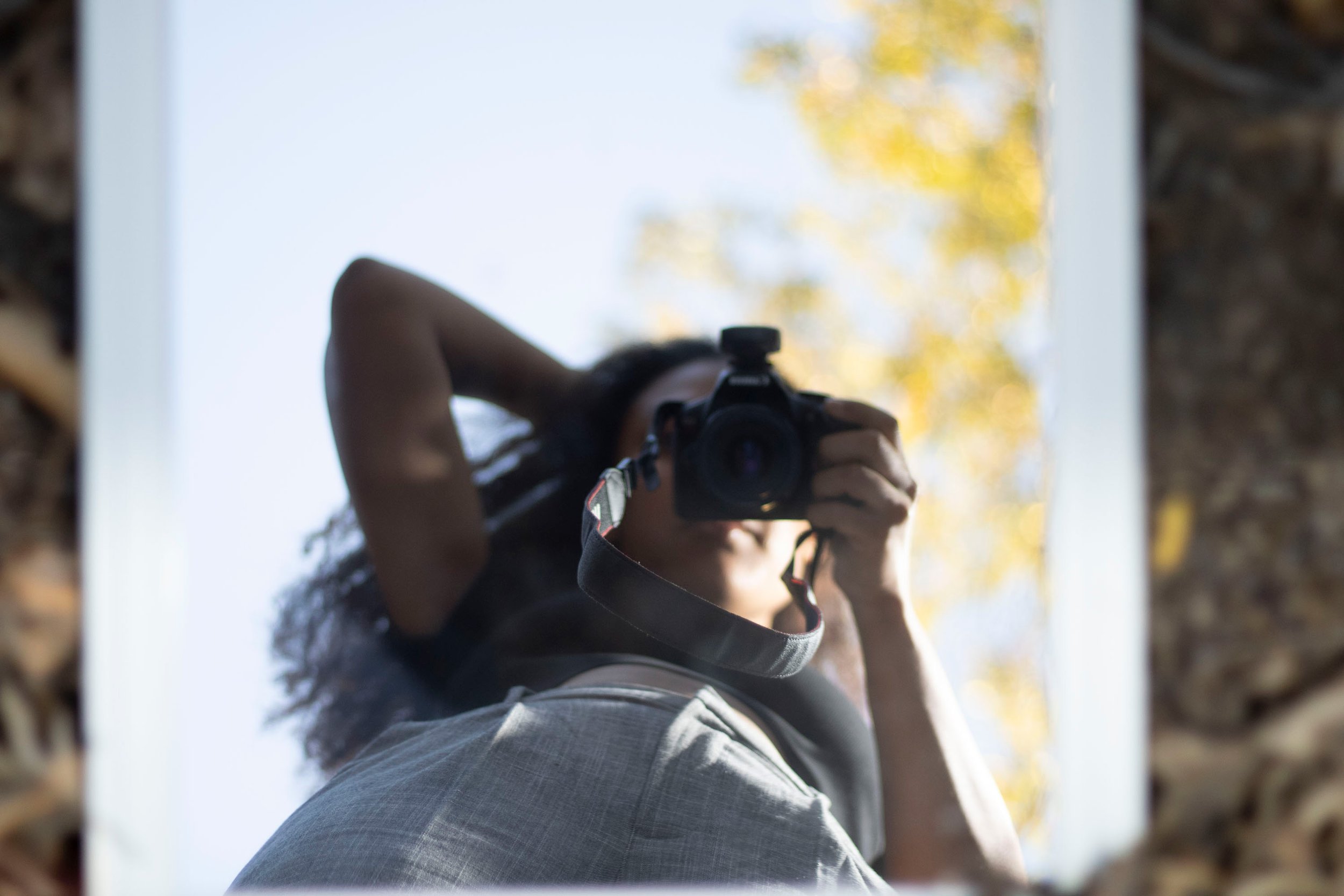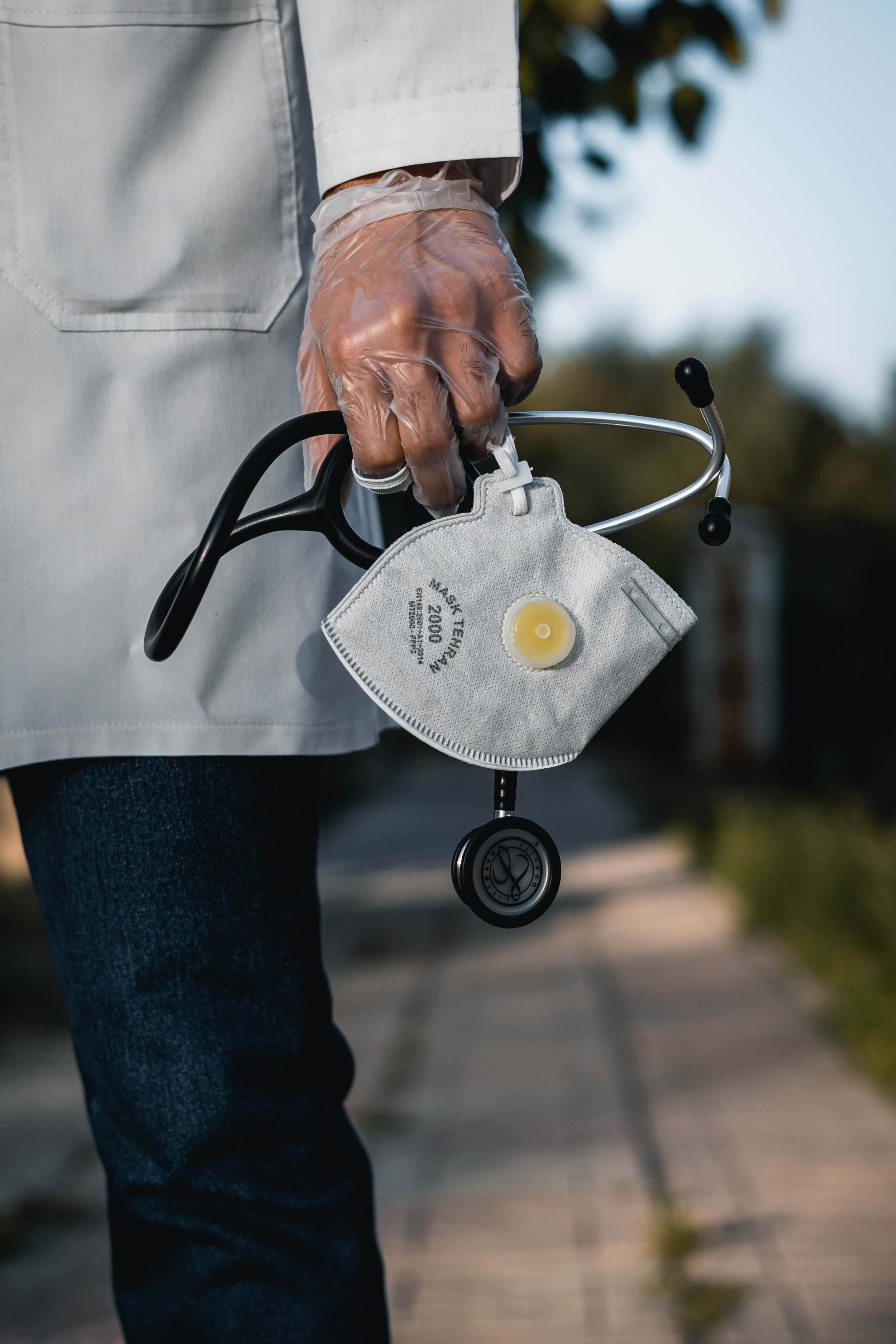By Annika Cambigue, Union College
The city of Riverside announced last week that one block of downtown will be razed and converted into “Little Nebraska.” The city hopes the dramatic move will allow researchers to discover and synthesize the elusive concept of “Nebraska Nice.”
The city councilperson spearheading the project refused to share their identity, only communicating through a complex series of clues. However, they did share the catalyst behind the Little Nebraska project:
“Last winter, I attended my fourth cousin’s wedding in Lincoln, Nebraska, and was surprised by how friendly the locals were to me. They called the attitude “Nebraska nice.” I thought to myself, ‘I’ve got to bring this back to California. If I could get a team of R & D scientists working on this, we could completely revolutionize the industry!’”
The councilperson refused to name the industry to which they were referring.
The Little Nebraska development will include replicas of Nebraska’s best-known features, including a scale model of the governor’s hog farm, a “corn labyrinth” and a big empty field. Little Nebraska will also include a Runza restaurant, although, in deference to local tastes, the traditional meat-filled runzas will be stuffed with plant alternatives. Consumers should note that while the calorie count will not change, the sodium content certainly will.
Sources at City Hall state that a replica of the famous Nebraskan monument, Carhenge, is in the planning stages. However, it has been delayed by California’s strict emissions standards, which seem to apply even if the cars in question are to be gutted and stacked in sarsens and lintels. An alternative plan to use electric vehicles is in the works.
Not only will the “corn labyrinth” entrance and ensorcell Riverside locals, but it will also play a key role at the annual Little Nebraska Harvest Festival, where corn will be harvested and served. Attendees can expect to “experience corn like never before,” according to the anonymous councilperson. “We feel that the secret to ‘Nebraska nice’ might be in the corn. It definitely has to be hidden in something the Inland Empire doesn’t have a lot of.”
While Riverside residents are excited about Little Nebraska, Nebraskans are confused. A Scotts Bluff local said, “If they’re trying to do iconic Nebraskan stuff, why are they focusing so much on the corn? I mean, like half of the states export corn; it’s really not just a Nebraska thing. Where’s the Niobrara River, Chimney Rock, the sandhill cranes, or the hundreds of mammoth skeletons we’ve unearthed? I feel like nobody talks about our mammoths.”
One Omaha resident was shocked that Californians were suddenly interested in their home. “I’ve been trying to get out of this state for 37 years,” they said. “Like our tourism board says, ‘Honestly, it’s not for everyone.’”
This piece was written as part of the first annual Satire Swap between Seventh-day Adventist university student newspapers. Union College’s newspaper, The Clocktower, wrote this piece for La Sierra University’s The Criterion.
To learn more about Nebraska, check out other articles from The Clocktower.
To read other pieces in this series, click below:






